THE Indo-Persian sufi poet, Amir Khushrau, was so moved by the beauty of Kashmir that he said, “Gar firdaus bar-rue zamin ast, hami asto, hamin asto, hamin ast.”
Perhaps his sentiment, “If there is a paradise on earth, it is here, it is here, it is here,” could be applied in an English context to Flatford in Suffolk, the hamlet which inspired John Constable to paint The Hay Wain, depicting a cart in a shallow part of the River Stour.
The Hay Wain, which hangs in the National Gallery in London – it’s 130.2 cm × 185.4 cm – is perhaps the most famous painting in England.
The National Trust, which has owned Flatford since 1943, has made sure that “Constable country” isn’t much changed since 1821, when Constable painted The Hay Wain.
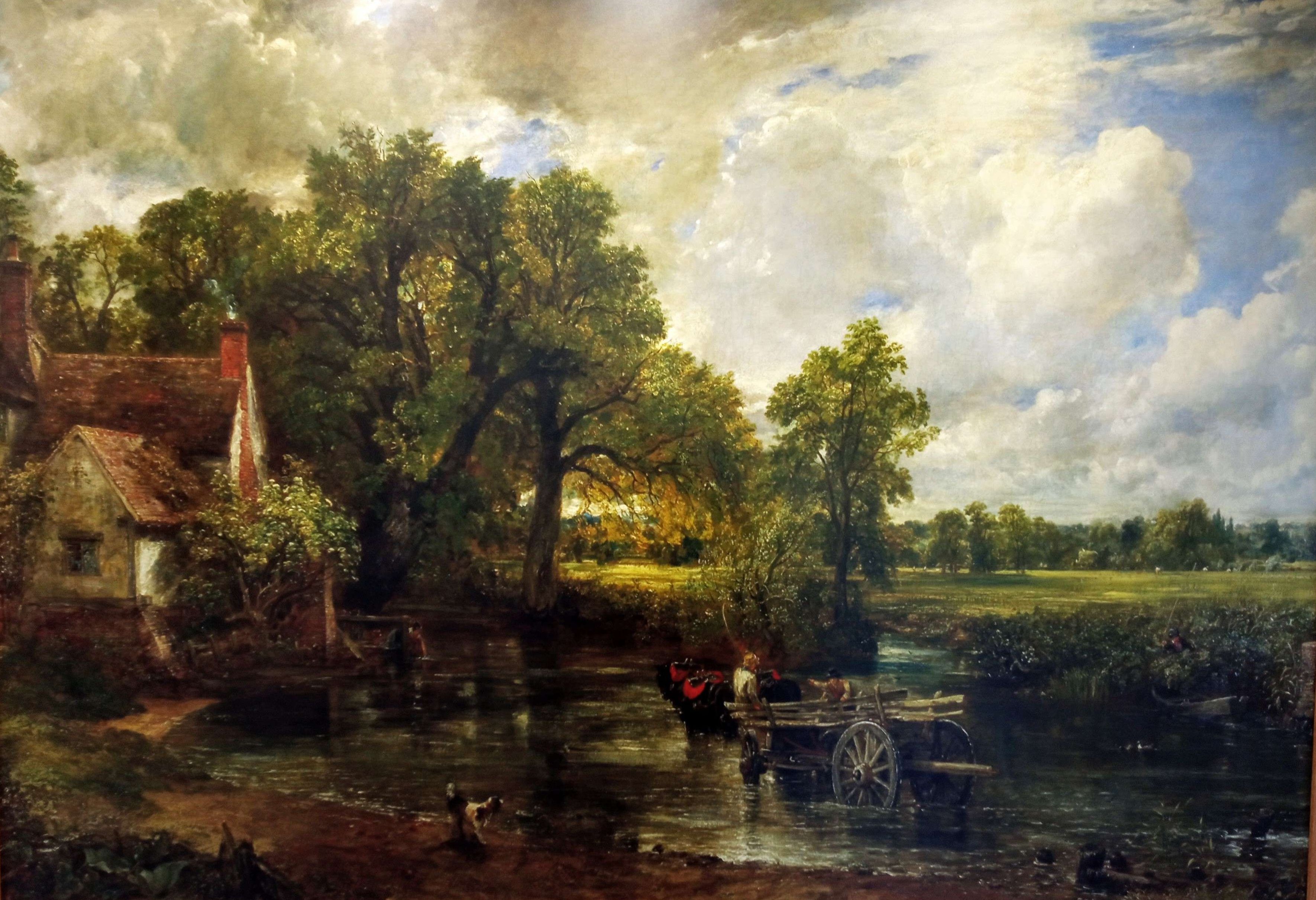
Simon Peachey, site manager at Flatford, held up a small copy of the painting in the exact location which inspired Constable. He is inviting Eastern Eye readers to come and look for themselves. The nearest station, Manningtree, is only an hour and 15 minutes from Liverpool Street. Those with sensible shoes can walk the 1.8 miles from Manningtree to Flatford, where Constable did seven or eight of his most famous paintings.
Flatford attracts 200,000 visitors a year, including Constable fans from India, revealed Peachey, during a recent tour of the property on a fine autumn day.
Constable was born into a wealthy middle-class family on June 11, 1776, and died on March 31, 1837.
His father, Golding Constable, was an entrepreneur who owned mills to grind corn and also operated barges on the Stour. John, one of five children, should have taken over the business from his father. But, encouraged by his mother, he went to the Royal Academy School in London in 1799. He never made much money in his lifetime, but gained international fame, especially after The Hay Wain was “embraced” by critics in the Paris salon in 1824. Constable, who has left behind many letters, had seven children with his wife, Maria, who died in 1828.
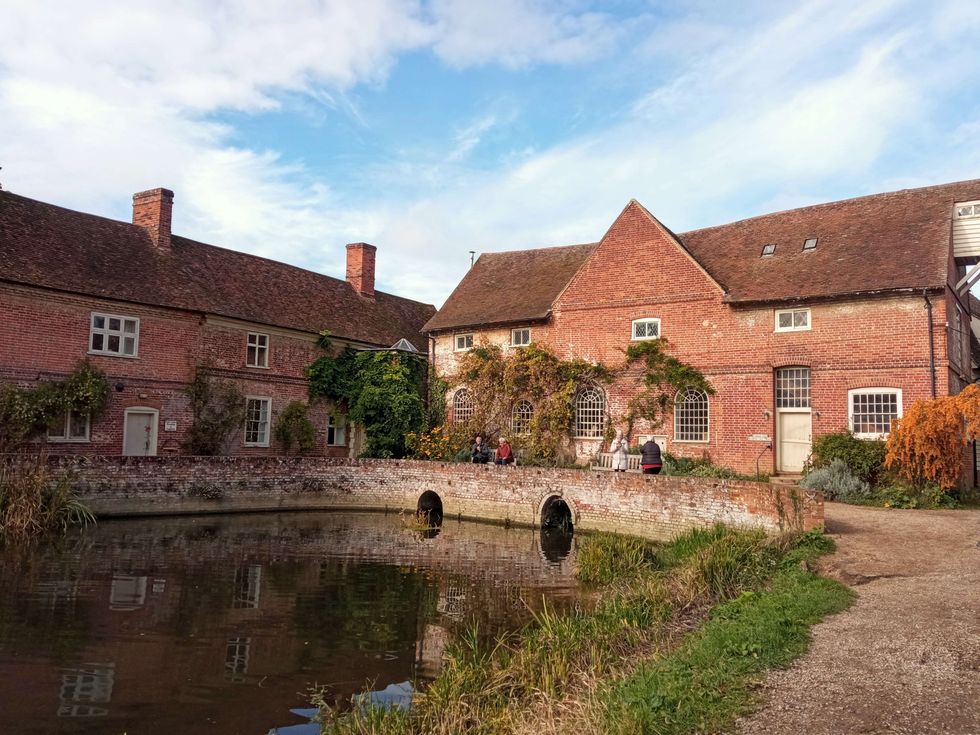
“Next year is really important for us,” stressed Peachey. “John Constable’s 250th birthday is on June 11. We’ve got an exhibition in May with the Colchester Art Society, and a partnership lined up with the Essex cultural diversity project, a family and Easter trail and children’s activities, and an open air painting weekend.”
He added that the National Trust would be open to collaboration with Eastern Eye, for example, over Diwali, which it has celebrated this year at seven other properties such as East Riddlesden Hall in Yorkshire.
During his tour of Flatford, Peachey pointed out the location of seven or eight of Constable’s most famous landscape paintings. But The Hay Wain, which is almost an expression of the national identity, holds a special place in the affections of the British people.

Until 1816, Constable worked on site in Flatford, but The Hay Wain was done in the winter of 1820-1821 his London studio. The cart was based on a sketch he had requested from a friend, John Dunthorne.
“Constable loved clouds, and so this is very much a typical Constable cloudscape as well,” Peachey pointed out.
The painting, done at a time when England was changing, was romanticised to some extent by Constable, who remembered the hamlet of his childhood days.
He explained: “Constable rewrote the rules of landscape painting. Before his time, landscape artists were told to use a brown based palette. He didn’t agree with that, because he’d grown up in the countryside, and knew what landscapes really looked like. He used much brighter colours, strong blues and greens and yellows and red. He also tried to get the sense of reflection as well. You can see the touches of white and the glitter in his paintings.
“They were very radical for their time. When you look at his paintings, they’re not just haphazard pictures. They’re very well informed paintings. He really understood what was taking place in the landscape, and probably knew some of the people in his paintings.
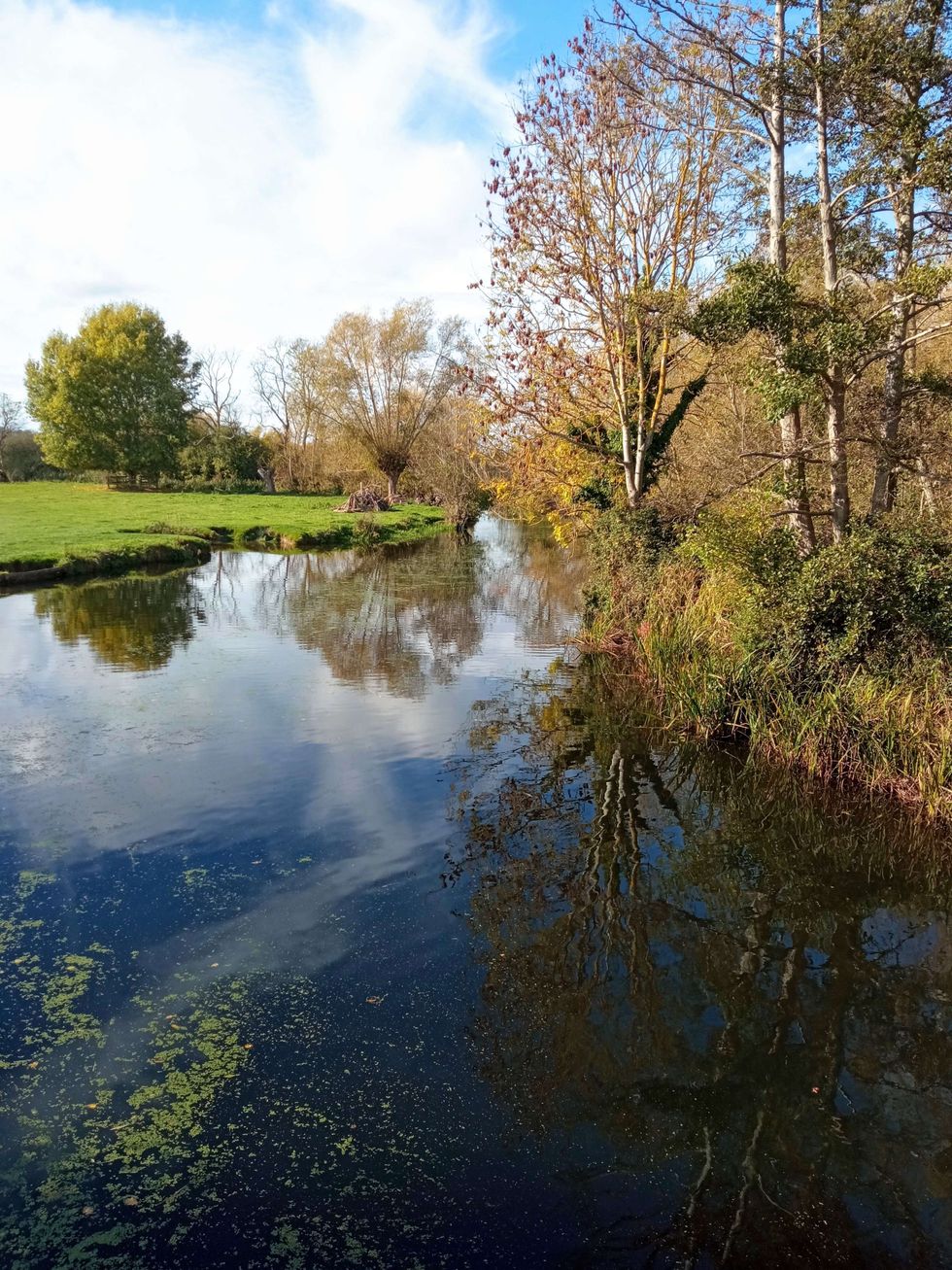
“It was a settled period when he was growing up. Then there was a lot of industrial change. You now had machines doing some of the work the men used to do. Constable’s brother reported seeing fires where people were setting fire to machinery or breaking machinery. There was the backdrop of the French Revolution and the American Revolution and other big world event.
“The Hay Wain started to be reproduced in the late Victorian period and the early 20th century. This was a period when you had the First World War, a lot of changes happening in society. People were looking at The Hay Wain and seeing a romantic evocation of English country life and feeling a connection with it. It was reassuring. His paintings became symbols of a certain kind of Englishness.”
Peachey compared Flatford then and now: “Flatford was very much a working hamlet. There would have been a lot of barges going up and down the River Stour. It’s very tranquil today. We have lots of recreational users, people who come on kayaks and paddle boards. People swim in it as well.”
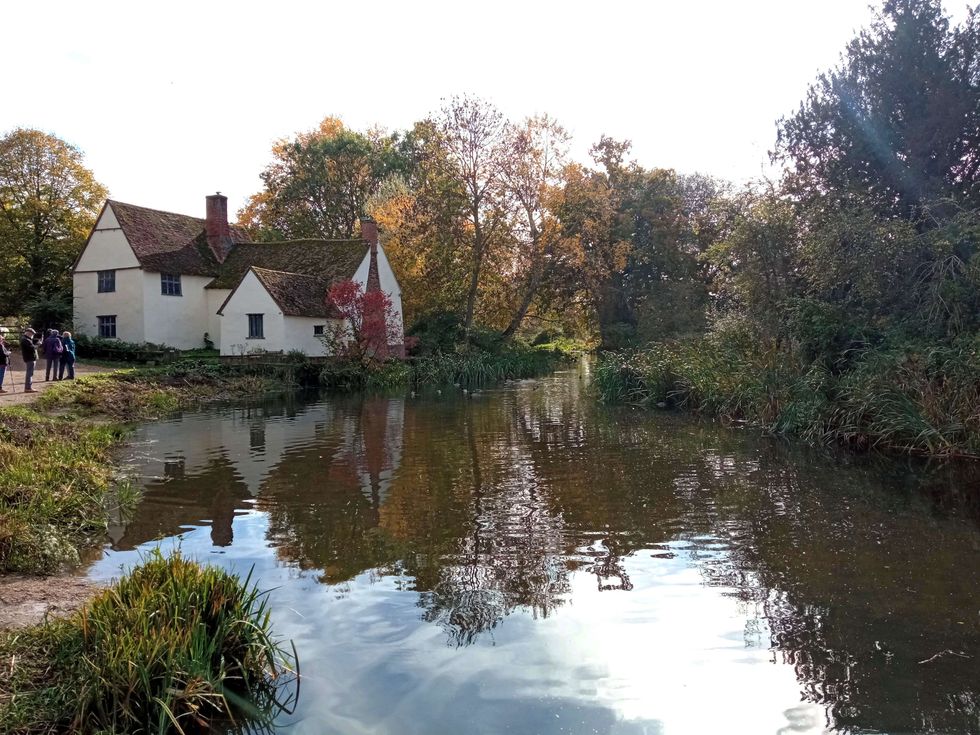
He surveyed the trees, similar to the ones Constable would have seen: “That’s a sycamore. Those are oaks. Willows are traditional trees beside the riverbank. One or two are black poplars, native to the UK and quite a feature of this area. All of them would have been painted by Constable, of course.”
Peachey went on: “Flatford is a unique example of landscape management. What the National Trust does is it actively manages the views compared to how Constable saw them. We’ve looked at the painting views, maps of the period as well. The ranger team will try and keep the views looking recognisable, but at the same time allow the landscape to change. It’s a lot less intensively used now than it was in Constable’s time; there are more trees today, more plants growing beside the river.

“The ranger team actively promotes wildlife and conservation. We have a lot of water animals, swans and ducks, moorhens, grass snakes, and we’ve seen one or two otters, a Kingfisher as well.”
Peachey said he looked forward to receiving Eastern Eye readers: “The landscape is a little more overgrown, but you can hopefully get a glimpse of how it would have looked like with the trees on the other side of the river. You’ve got the river in the middle, and the dry dock in the foreground. Our role is to make sure that people can still recognise the view when they come down here. And we like to think that if Constable came down, he’d probably recognise the view himself.”
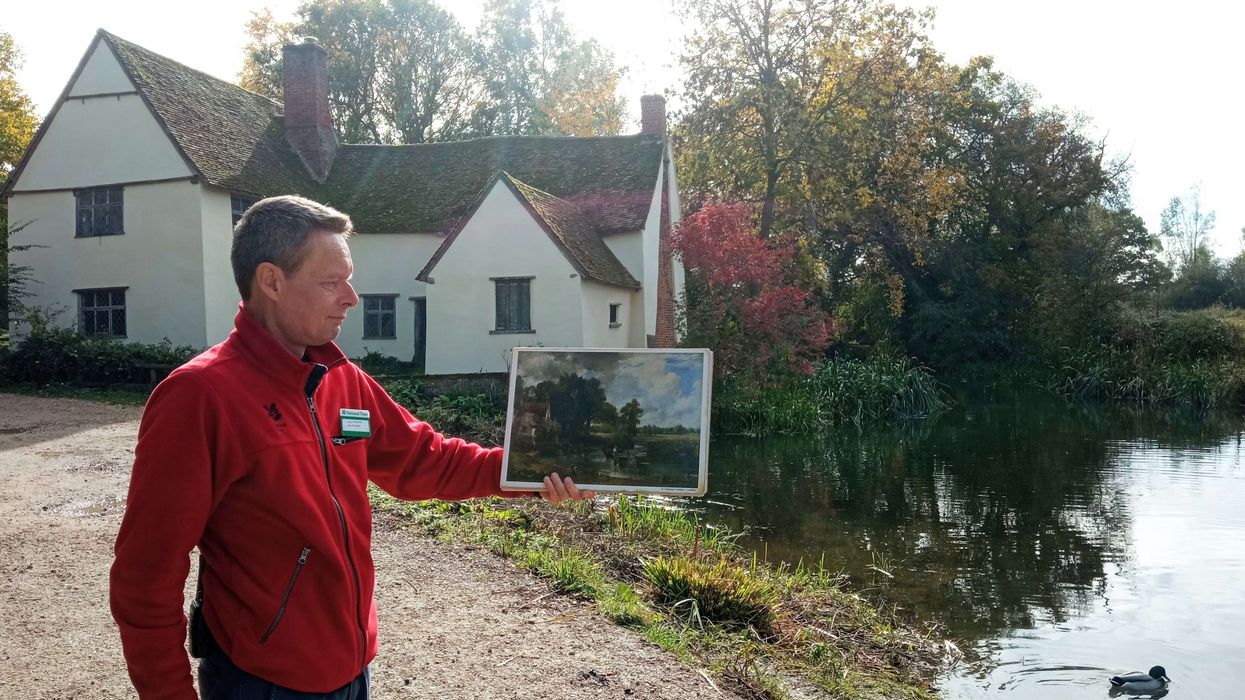





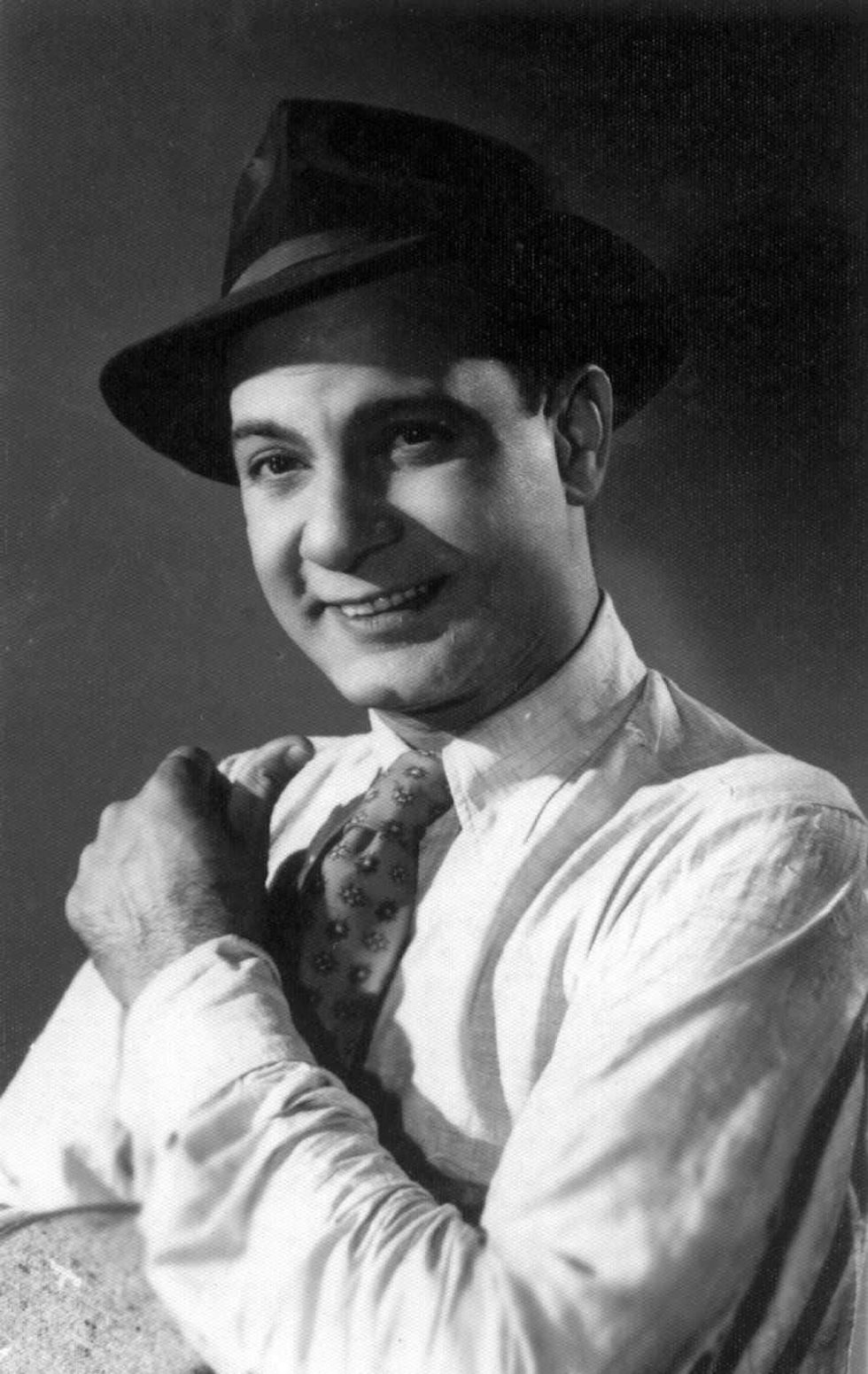 MotilalAMG
MotilalAMG Geeta DuttAMG
Geeta DuttAMG CuckooAMG
CuckooAMG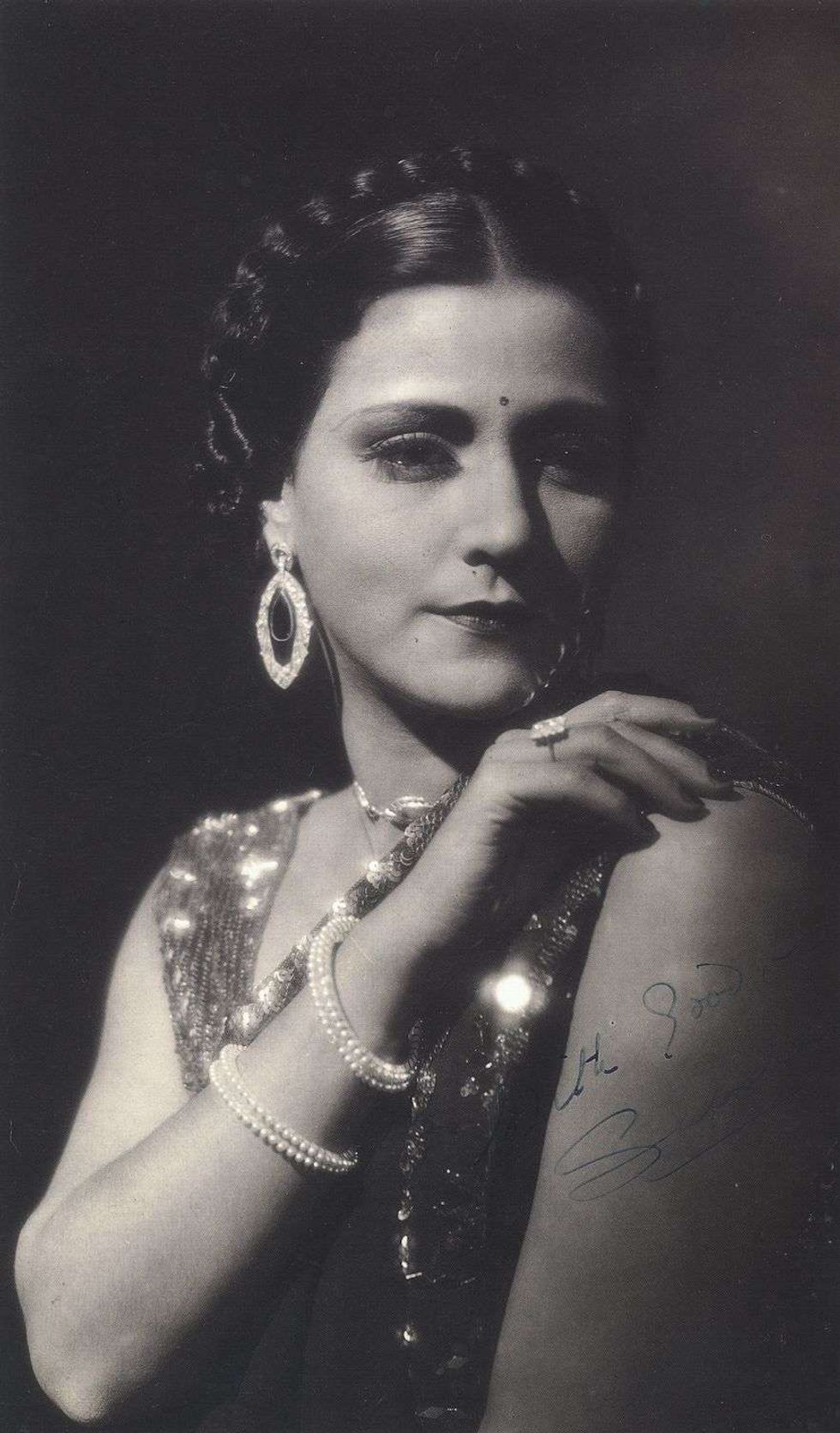 Sulochana aka Ruby MyersAMG
Sulochana aka Ruby MyersAMG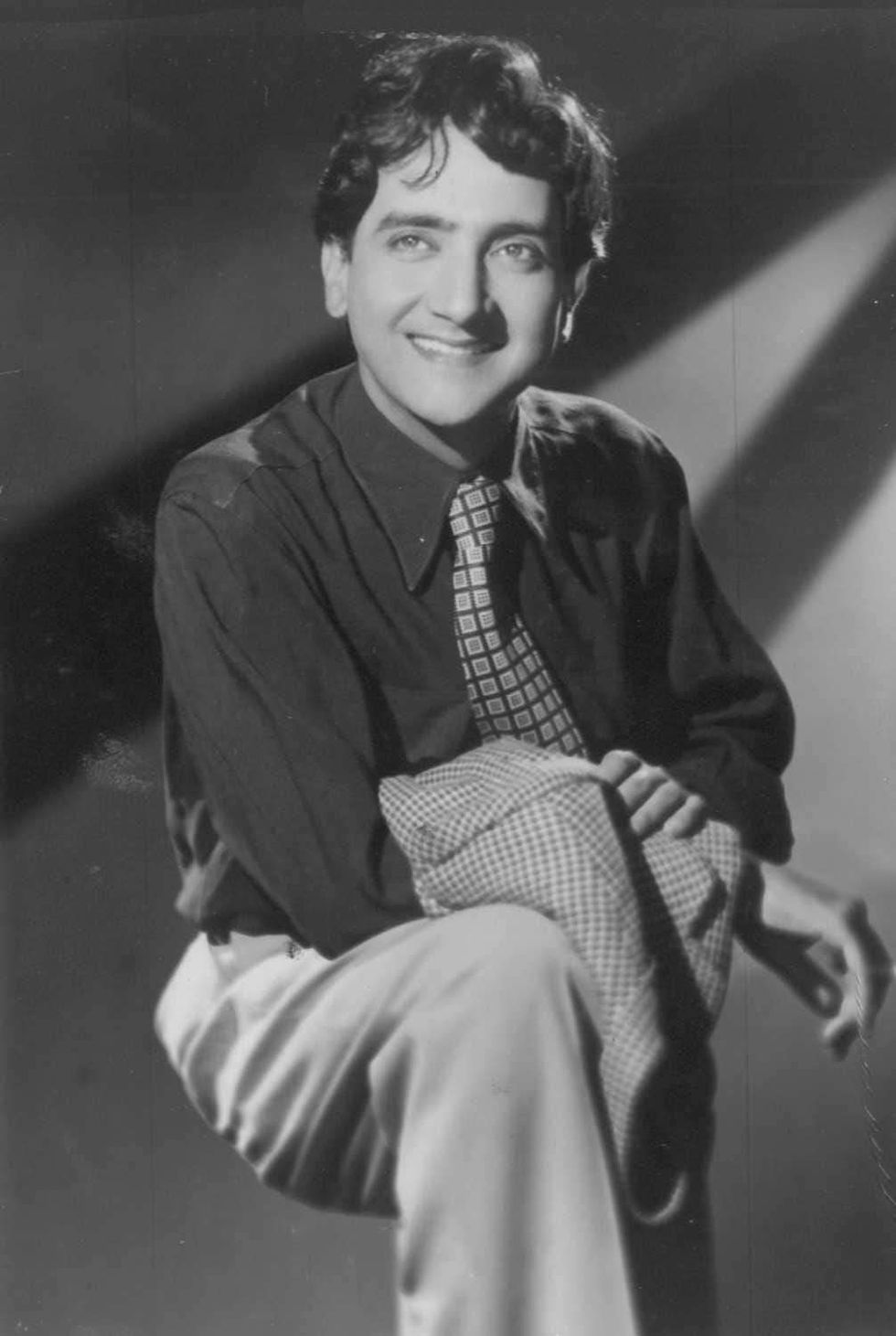 Bharat Bhushan AMG
Bharat Bhushan AMG Bhagwan DadaAMG
Bhagwan DadaAMG SuraiyaAMG
SuraiyaAMG Parveen BabiInstagram/ Parveen_babifan
Parveen BabiInstagram/ Parveen_babifan NadiraAMG
NadiraAMG Nalini Jaywant AMG
Nalini Jaywant AMG SadhanaAMG
SadhanaAMG Raj KiranAMG
Raj KiranAMG






